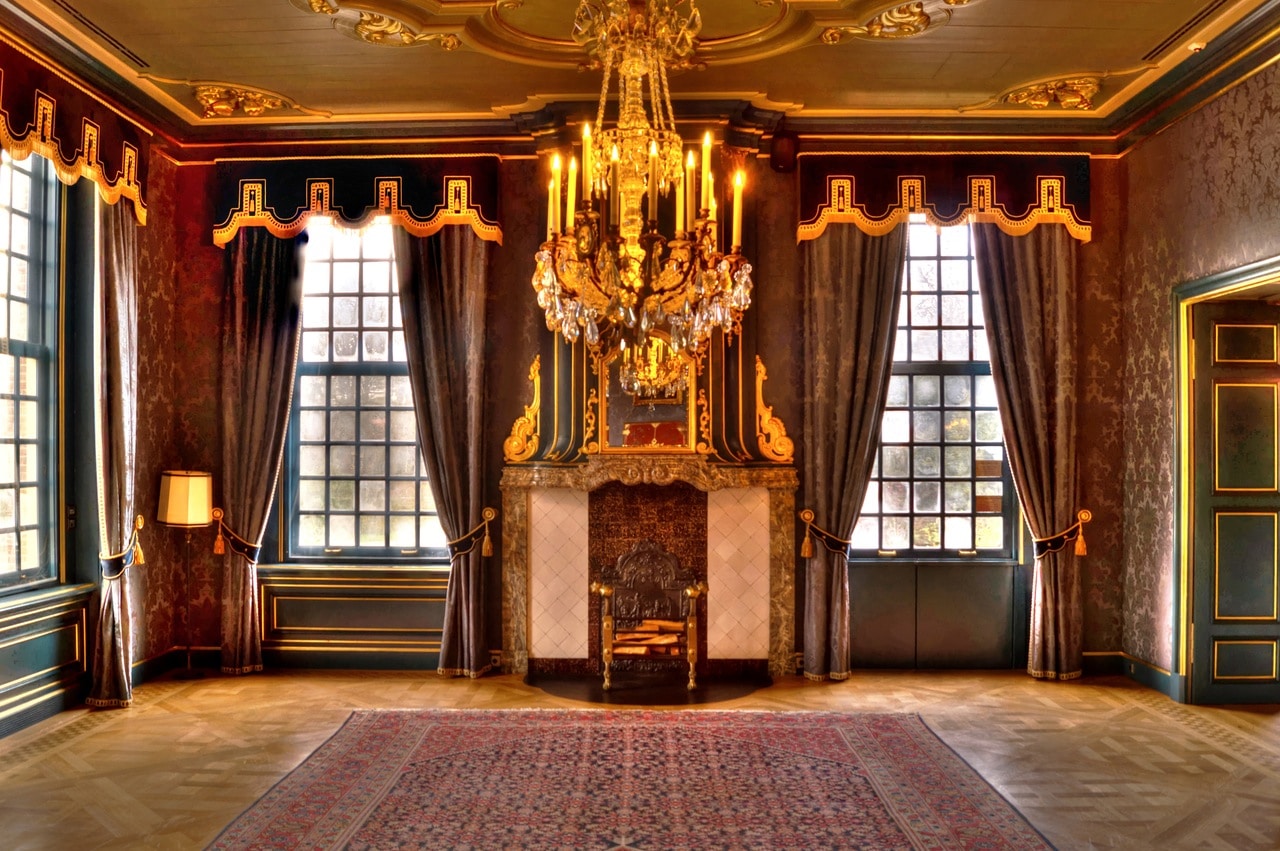Art and Decoration
The term ‘decorative’ in relation to art has been central to artistic movements throughout history. Over the course of the 19th century, decoration changed from being a positive feature of art to being demonized by theorists such as Adolf Loos, who charged decorative art as lacking substance and purpose. The 20th century saw the art world divorce art from decoration, as made evident through the rise of abstract art.
Whether a piece of art is seen as decorative or not is something with which working artist struggle. Brooklyn-based artist Kamrooz Aram challenges the Modernist disdain for decoration and ornamentation by creating sculptural works and paintings that are embraced as ‘mere’ decoration. Aram’s work actively addresses the anxiety of producing work that’s underappreciated or interpreted as something that simply fills a space.
Art as decoration is not implicitly negative. When the beauty of a piece is acknowledged, it typically speaks to the artist’s talent. However, decorative art also runs the risk of being replaceable or reproducible, something no individual artist wishes for his or her work. We live in a society of excess on all fronts, and this also applies to visual art. What the philosopher Walter Benjamin defines as the ‘aura’ of an artwork, or the sensory experience of distance between the viewer and the piece, is hard to locate in our current excess. Uniqueness is hard to define when we’re presented with so much content.

The showcasing of art has moved beyond museums and private collections. Anyone can pick up a camera, take a photo, and post it to his Instagram feed, hashtagging it ‘art’. This means visual art isn’t about who has the best skill, or who had the most artistic training, but who gets the most social media ‘likes’. With social media, the art that gets viewed the most is determined by trendsetters or tastemakers.
What’s the problem?
As a student of art history, I know that the language used to discuss art is inaccessible for the layperson. When someone is interested in an art piece, it’s hard to get involved in the discussion or know how to talk about it. There are few books that discuss the history of art in an inclusive fashion. Even some museum spaces are inaccessible, requiring a high fee for entry. Without knowing the context of a piece, the terminology can seem daunting and confusing. The result is that people with a casual but sincere interest in art don’t choose to learn more about visual analysis, and miss the opportunity to engage and view art with a critical eye. It’s no wonder that some don’t see the beauty in contemporary art pieces; they don’t understand the concepts or process.
I maintain that opening up the conversation about art and beauty is crucial. Museums and galleries could cater to a broader audience, but artists could also be more involved in general art education. Artists could initiate dialogue about their practice with their followers, engage with other disciplines and encourage interdisciplinary collaboration. Not only do artists fill the world with beauty, art has a unique way of addressing complex social and political issues. Art is evocative; it reminds us of our human condition, the good and the bad. Within an architectural space, artwork can enrich a person’s engagement with the space, as well as with others who occupy that space. The potential for art to spark powerful dialogue is lost when art is understood as merely decorative.






